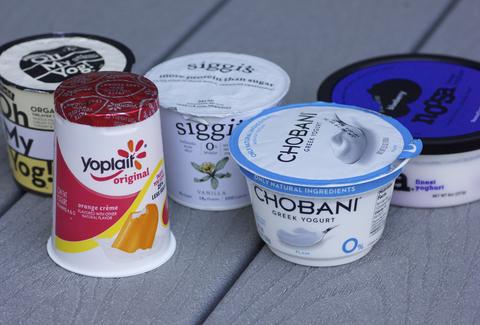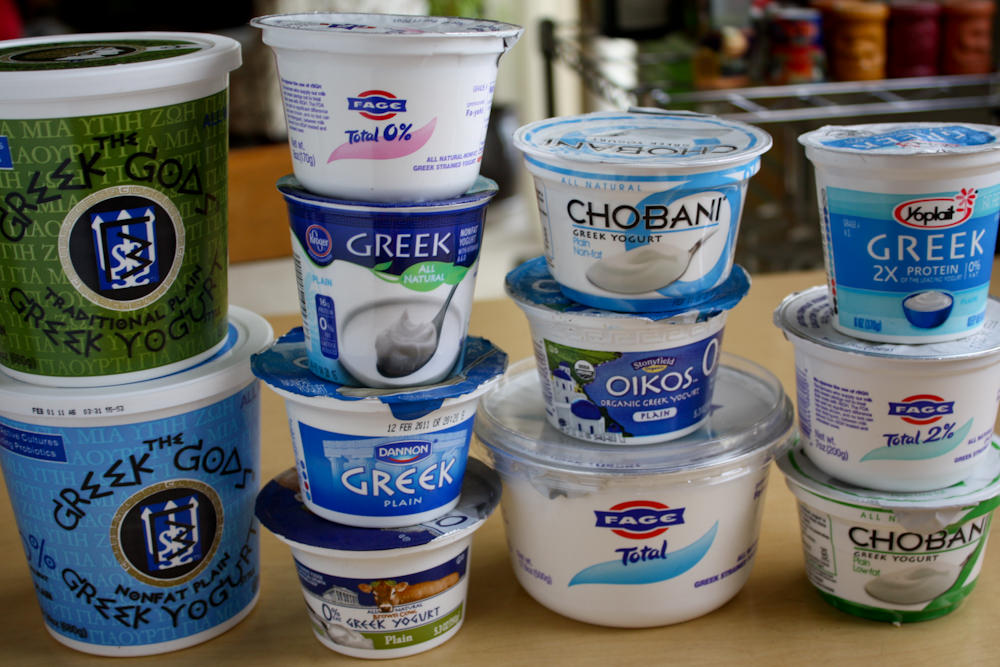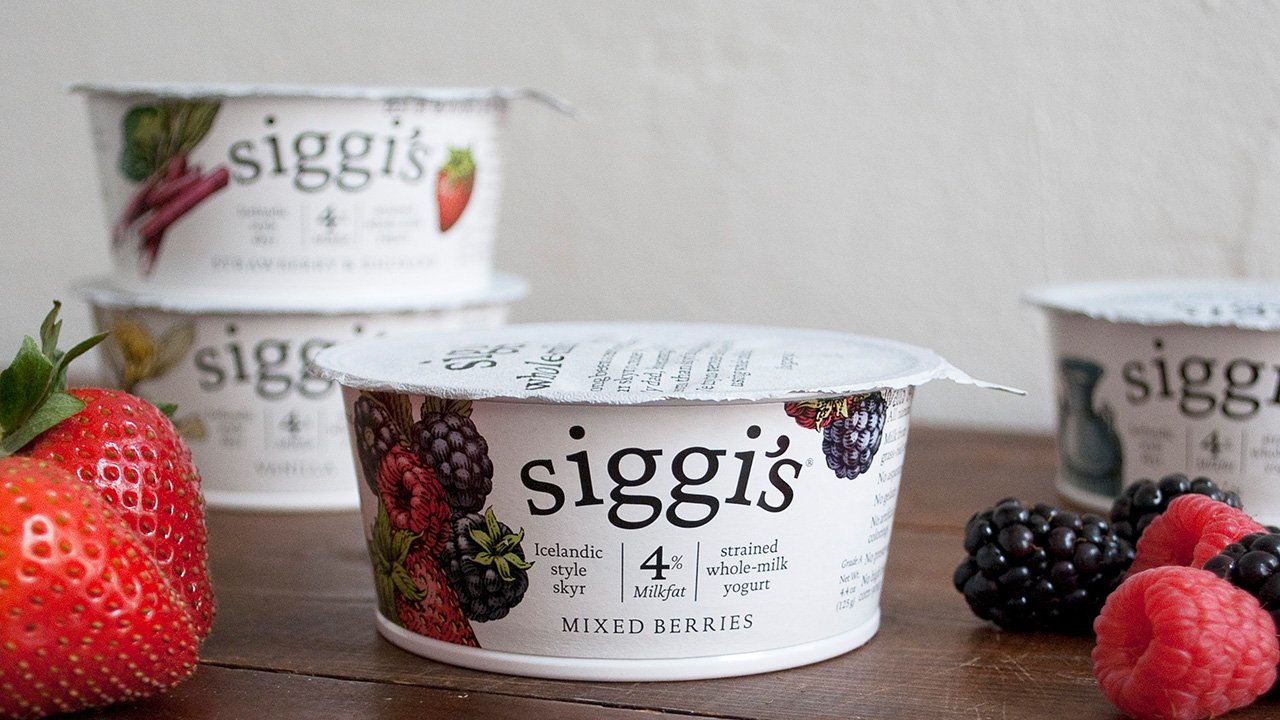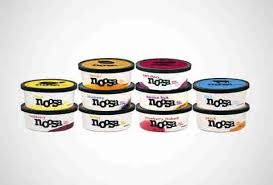Because Greek Yogurt Just Wasn’t Good Enough for You People!
Wow, a lot has changed in the yogurt aisle in recent years. When I was a kid it seems like there was basically Yoplait or the off brand, fruit-at-the-bottom kind and you could choose different flavors. Now-a-days it takes a good chunk of the dairy aisle and not only are there a million different flavors and brands of regular yogurt, but there are other types as well.
We all know that Greek yogurt has taken the dairy aisle by storm the last few years, with its extra dose of protein and thick, tangy taste that you can add a dollop as a healthier to all sorts of things.
Well, apparently Greek yogurt just wasn’t enough for us greedy, protein loving yogurt fanatics :) And some of the other countries got a little jealous of all the good pub Greece was getting.
Our yogurt is FAR superior to the Greeks!, thought the Aussies. So they came up with their variety, the most common one you have probably heard of is from the brand Noosa.

The Icelanders thought, “OUR yogurt is so superior it’s not even called yogurt. It’s called skyr and it’s delicious! You’ve never had yogurt until you’ve have skyr!”
I hope we can just keep it to these varieties! I think we’re hitting all the marks with lots of protein and there are plenty of varieties to choose between whether you want high fat or low fat. So what is the difference between all these kinds?
GREEK

This style of yogurt is arguably what started the whole thick-and-creamy yogurt trend. The brand Fage introduced their yogurt in the late 90s and by the early 2000s it was all the rage. Soon competitors like Chobani and Oikos began popping up and lining shelves. Greek yogurt is yogurt that has double the amount of protein as regular yogurt. Although traditionally Greek yogurt is made only with full-fat milk, you’ll find everything from full-fat to nonfat choices available. It’s the most tart and tangy of the three, making it a great choice for savory uses as well as simply enjoying it with fruit and granola in the morning.
ICELANDIC

Also known as skyr, this yogurt from the Nordic island is giving Greek yogurt a run for its money. It’s actually made the same way as Greek yogurt, but it’s strained just a bit more to result in a seriously stick-to-your-spoon product that has even more protein. It’s traditionally made with nonfat yogurt, but popular brands like Siggi’s and Smari often add a bit of whole milk or even cream to give it richness. Overall, it’s less tart and more decadent than Greek yogurt.
The interesting thing about skyr is that it is technically classified as cheese, because it has rennet in it, although it is widely regarded as yogurt. In case you didn’t know, rennet is curdled milk from the stomach of an unweaned calf, containing rennin and used in curdling milk for cheese. Skyr has been a part of Icelandic cuisine for over a thousand years.
AUSTRALIAN

Unlike Greek and Icelandic yogurt, Australian yogurt is unstrained. It’s still a bit richer and creamier than traditional yogurt, but the reason for that varies by brand. The popular brand Noosa uses only whole milk to achieve this, while Wallaby uses nonfat milk, but cooks it slower and longer than traditional yogurt to achieve that extra creaminess. Noosa also sweetens their yogurt with honey to give it a unique flavor.
I would be absolutely shocked if any of you readers hadn’t tried Greek yogurt yet, but have you tried either the Australian or Icelandic varieties yet? What did you think? Do you think we’re all going a bit crazy on the yogurt craze? Perhaps! Let me know what you think in the comments below.
- www.wholefully.com
- www.thekitchn.com
- www.thrillist.com
 Mary Richardson
Mary Richardson
Weekly Newsletter Contributor since 2014
Email the author! mary@dvo.com
